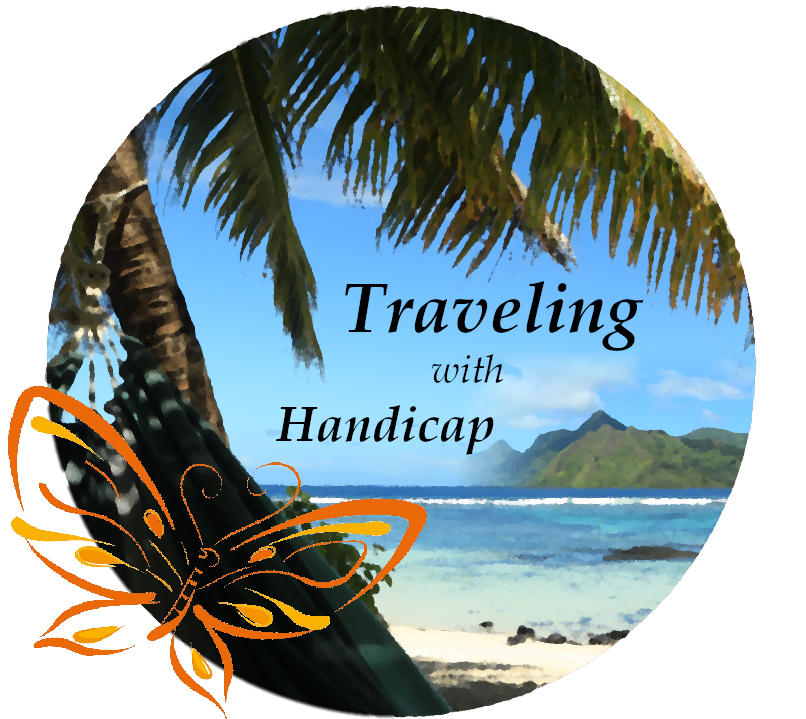We travel for romance, we travel for architecture, and we travel to be lost.
Ray Bradbury
The three big cities of Colombia which are famous for tourists are Cali, Medellín, and Bogotá. Out of these, I skipped Cali since I took a different route from south to north. I visited Medellín on the way up north, while Bogotá was my ultimate stop of this one-year-long Sabbatical before flying back home to Germany.
Both in Popayán and in San Agustín, other travelers told me about either partying in Cali, quickly passing though as the vibe didn’t match or skipping it completely. Based on these stories, I skipped an additionally required in-and-return bus ride to Cali. I assume, I didn’t miss out on anything important. Instead, I decided to visit Medellín.
Medellín
More than 2.5 million people live in Medellín currently. This huge city is located in the Aburrá Valley, a central region of the Andes Mountains. I have been told that within this region, you don’t talk about the “Andes” anymore. This is because north of Popayán, the Andes split into three distinct mountain ranges, named cordilleras. Moreover, these three mountain ranges diverge towards the north and cause distinct valleys with individual landscapes. And the city of Medellín is located in the valley between the Cordillera Occidental and the Cordillera Central. The inhabitants of Medellín are often called Antioqueños (people of Antioquia) after their province, rather than Medellínenses.
There is some silent battle between Medellín and Bogotá about which city is better. Honestly, the “better” strongly depends on which categories you would like to vote for. Medellín is in the lead in the categories of public transport, as it is the only Colombian country with both a metro train system and cable cars connected to each other. Also, the hippie scene is a lot more present within Medellín than in Bogotá.
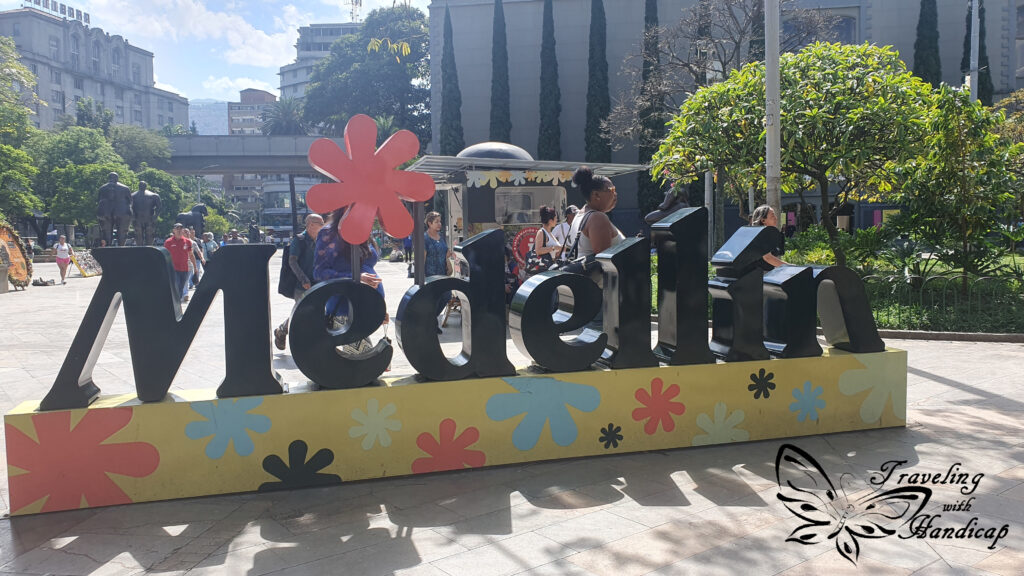

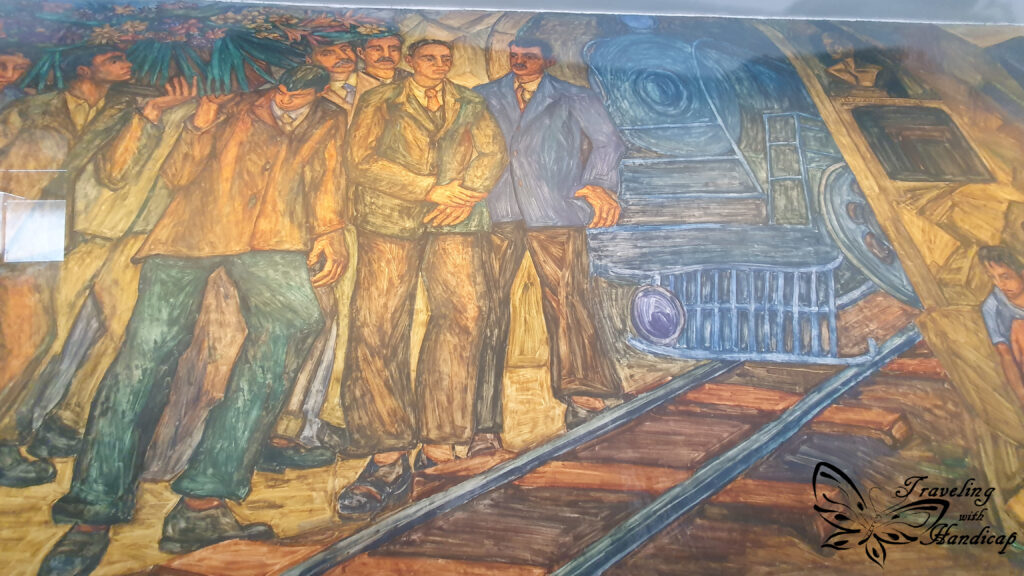


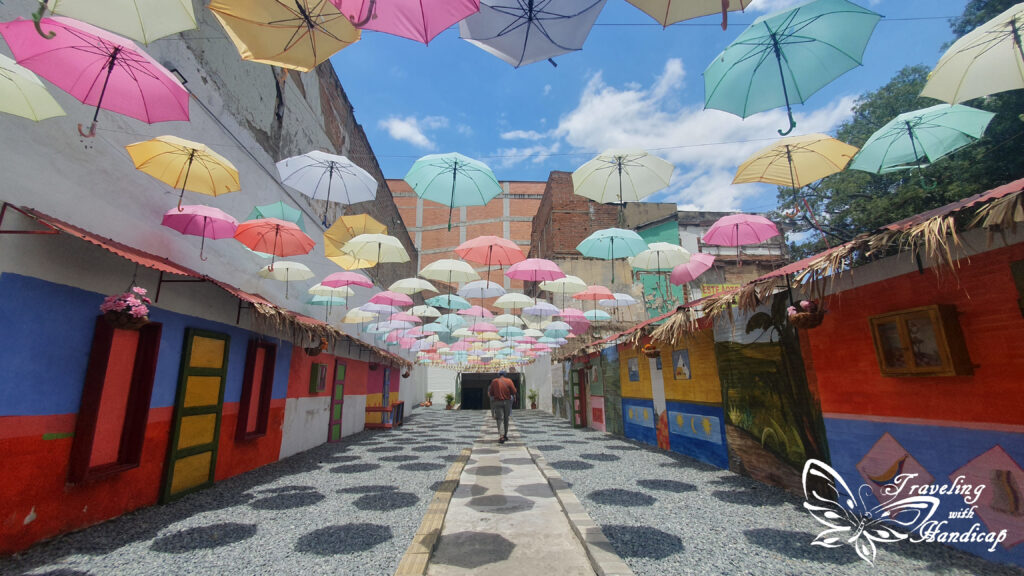

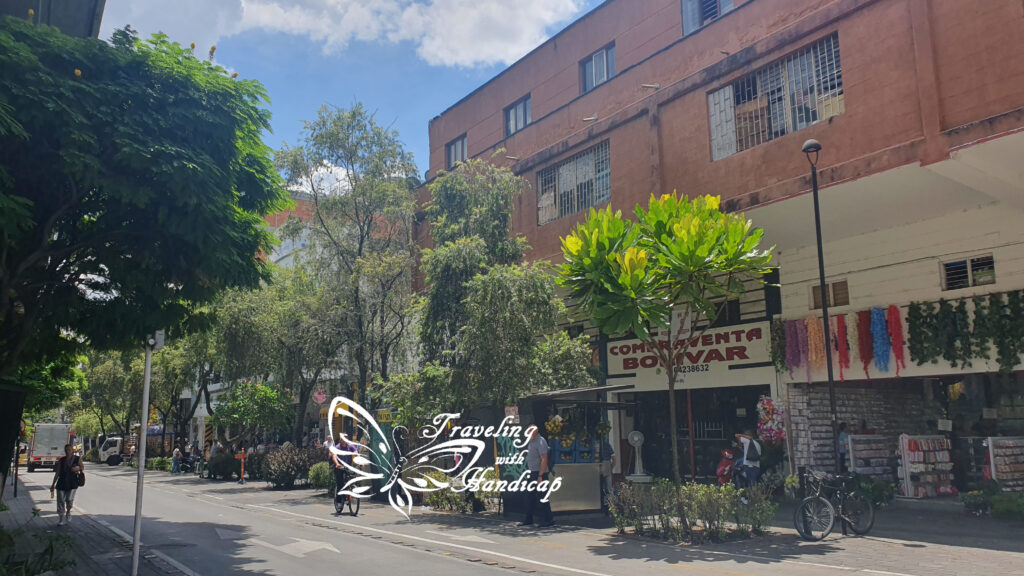
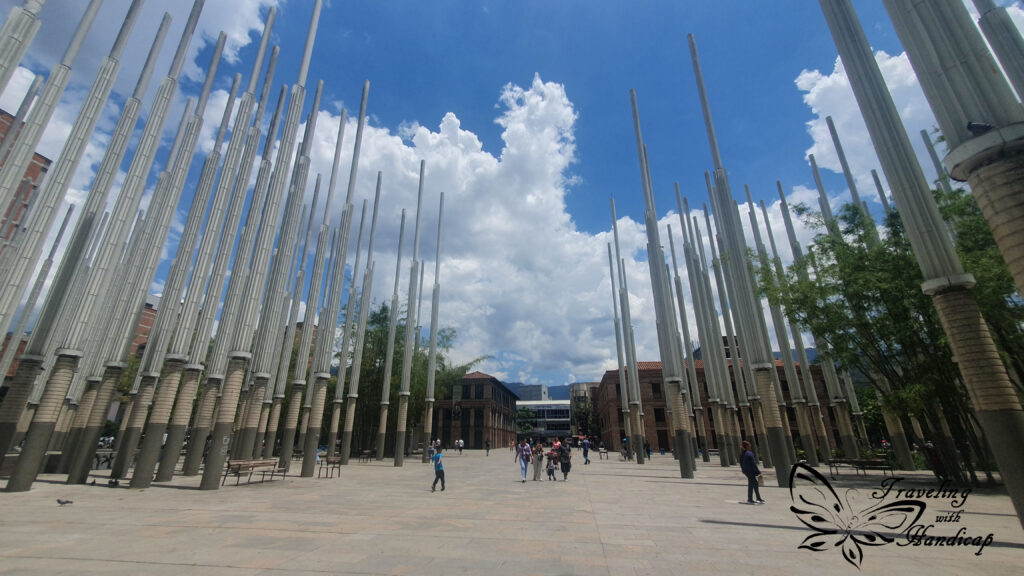
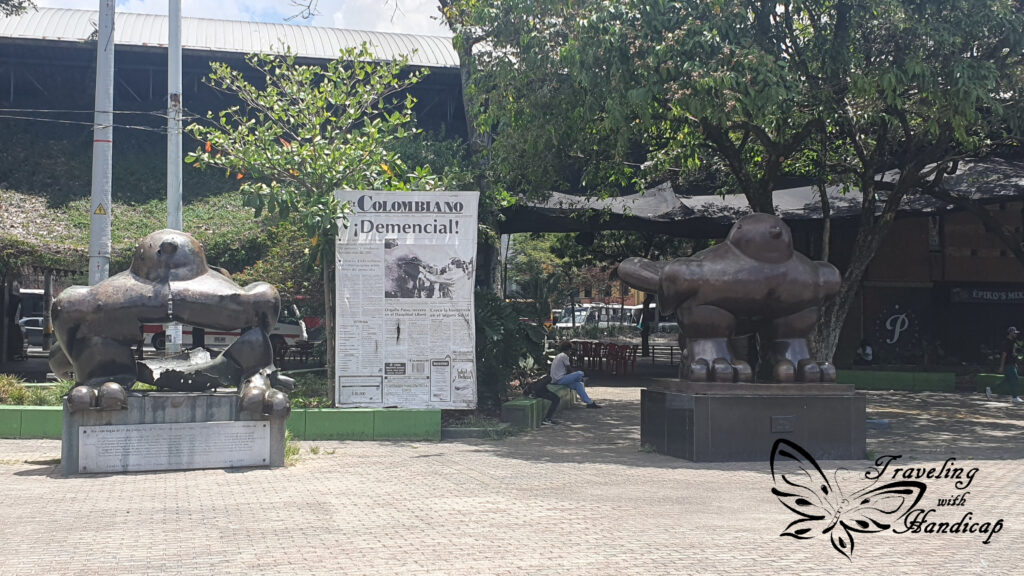
Center
The center of Medellín is very interesting to be explored. I would not want to stay in a hostel in this area, though, since there are many poor people on the roads. When exploring the center, you will find a great mix of buildings with Spanish influence, modern ones and hip ones with beautiful graffiti. I explored it by joining a free walking tour. This way, I also learned about the history and context of buildings and Medellín in general. In order to showcase the globalized economy of Colombia, the Plaza Mayor of Medellín, an international center for congress and expositions, has been constructed.
After the tour, I walked through some markets. Moreover, I visited the Galería de Arte Palacio Nacional and Palace of Culture Rafael Uribe Uribe both having rooftop terraces. From up there, you get a great view over central Medellín. Then, I tried to make my way back to the hostel located within the rich neighborhood El Poblado.

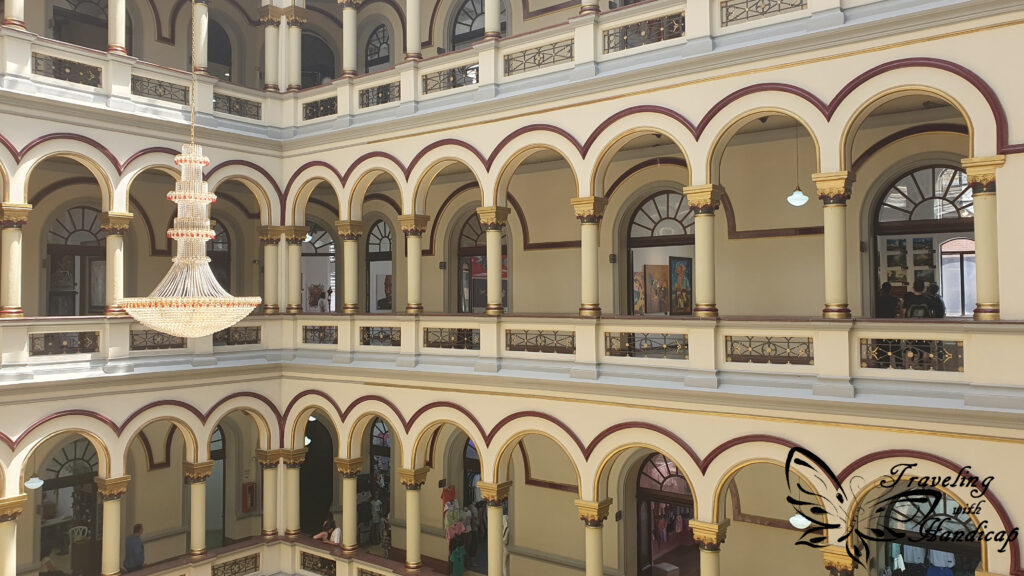

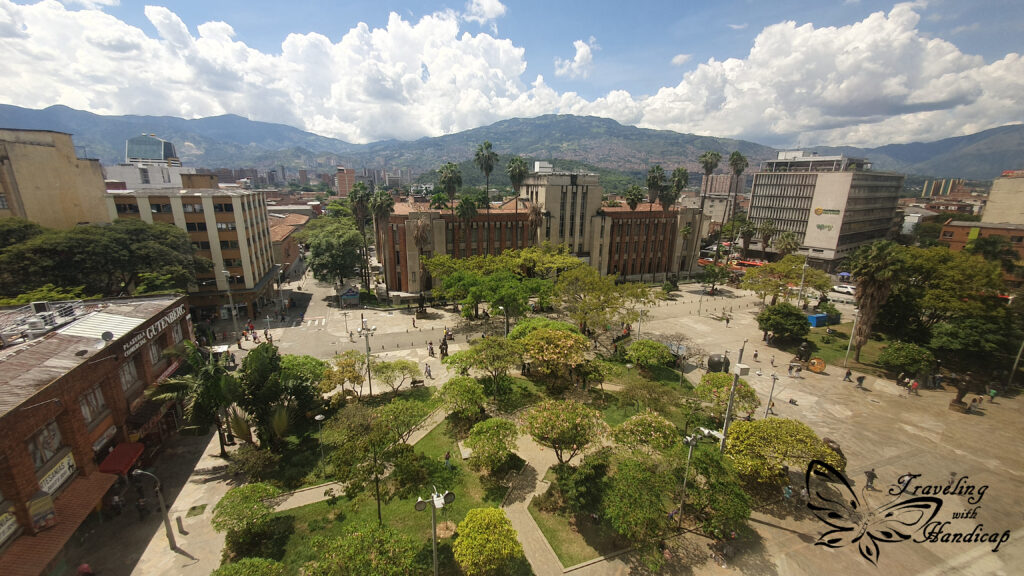
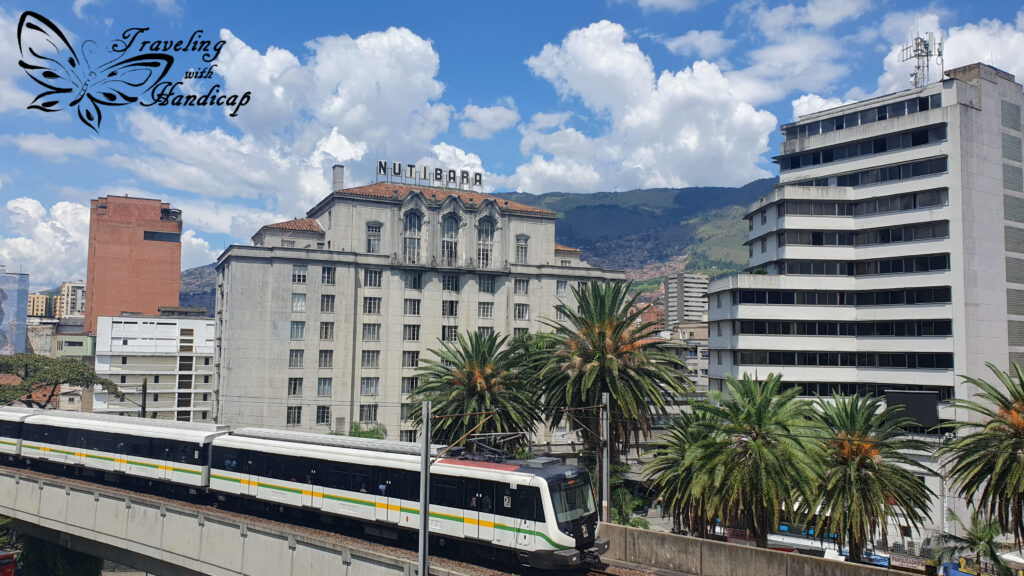
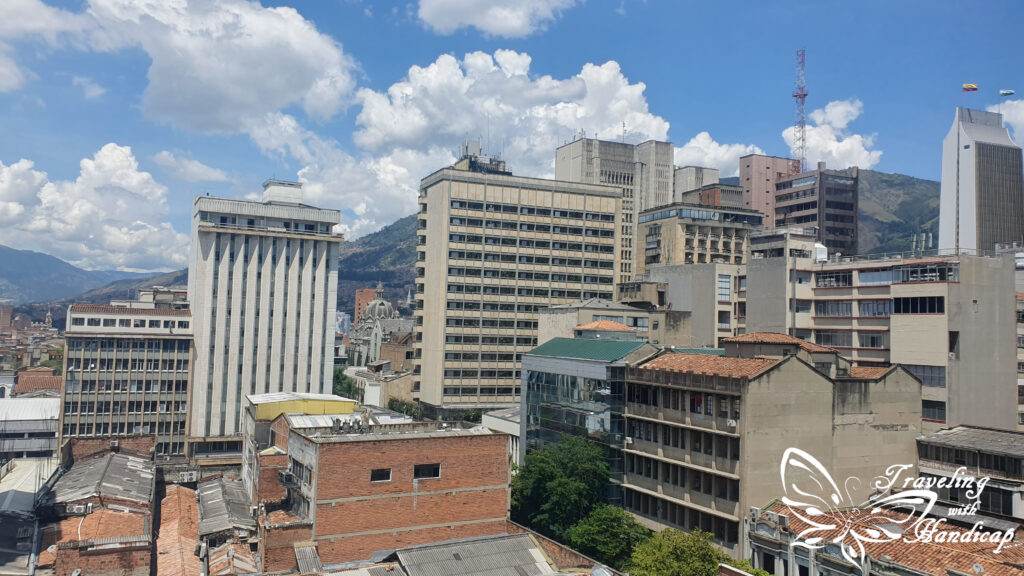
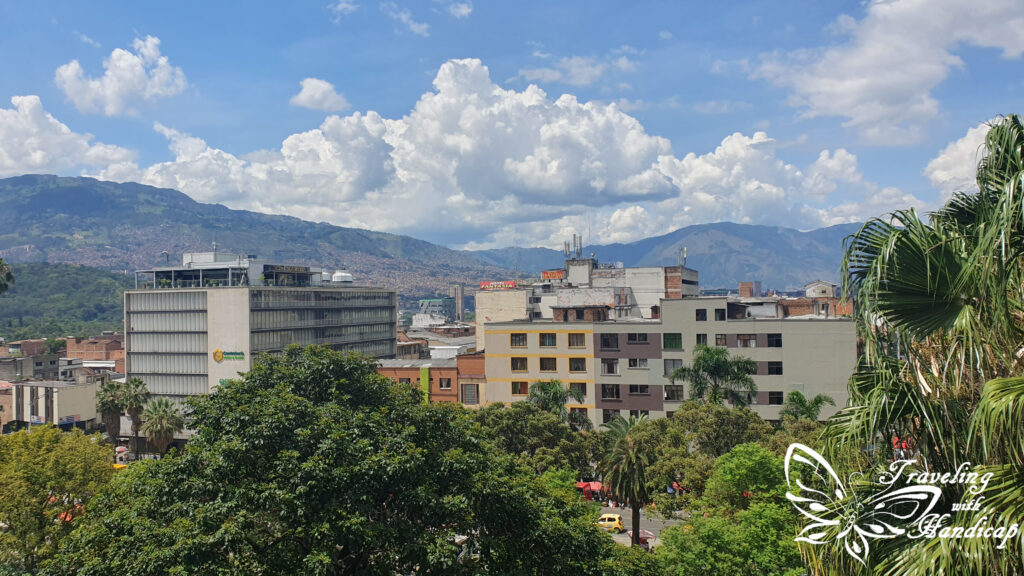
El Poblado
This district is the most fancy and wealthy one of whole Medellín. The houses are the cleanest, the many restaurants and shops are set up for rather higher end payments. For sure, this makes El Poblado the best and safest district for hotels and hostels. I met many people staying in Medellín for very long, in hostels similar to mine having a rooftop pool and bar. To me, it was easy to find some good restaurants, also vegan or vegetarian ones. However, it was rather boring to just stay in Medellín for longer, since I prefer to spend more time within nature.
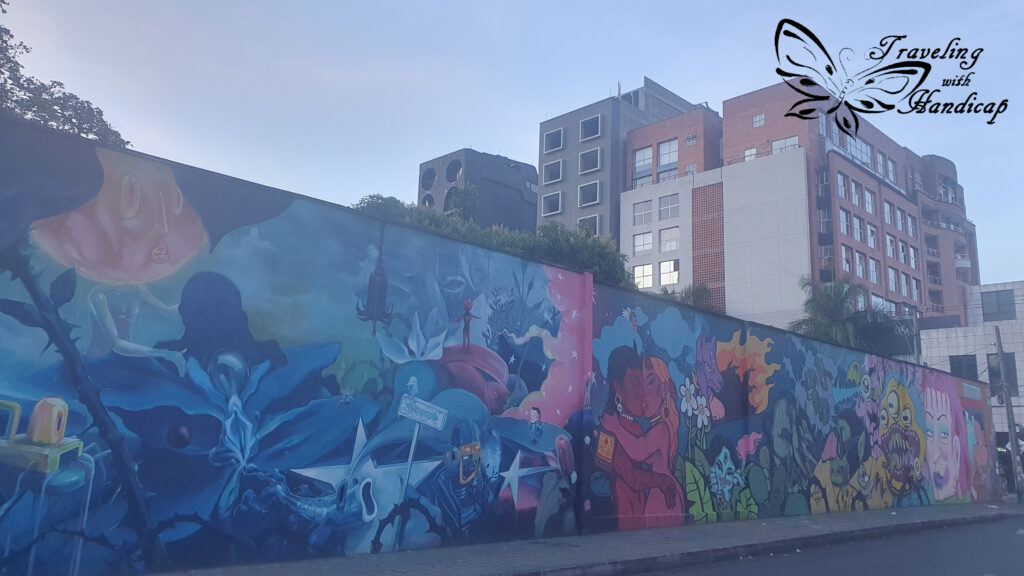
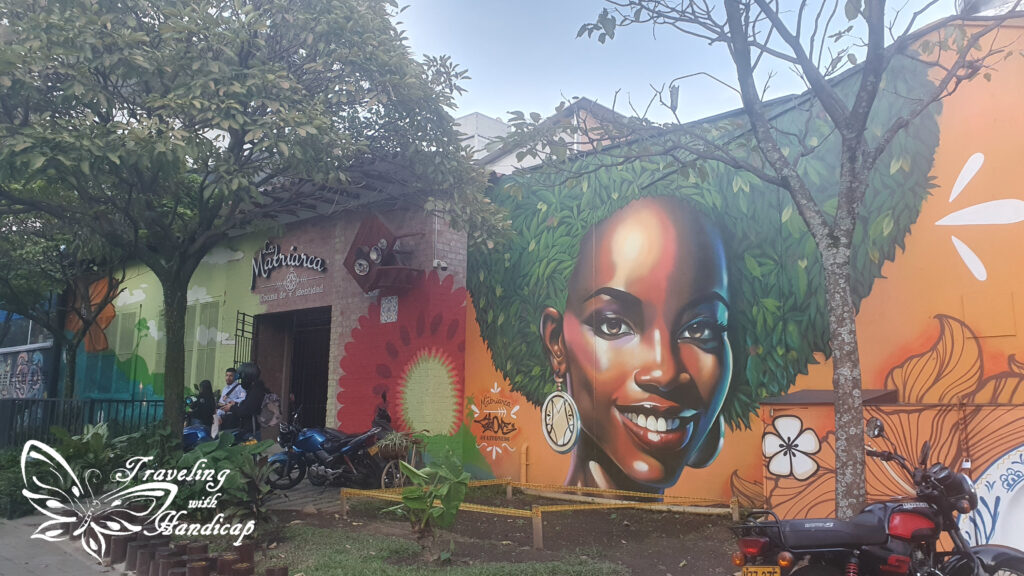
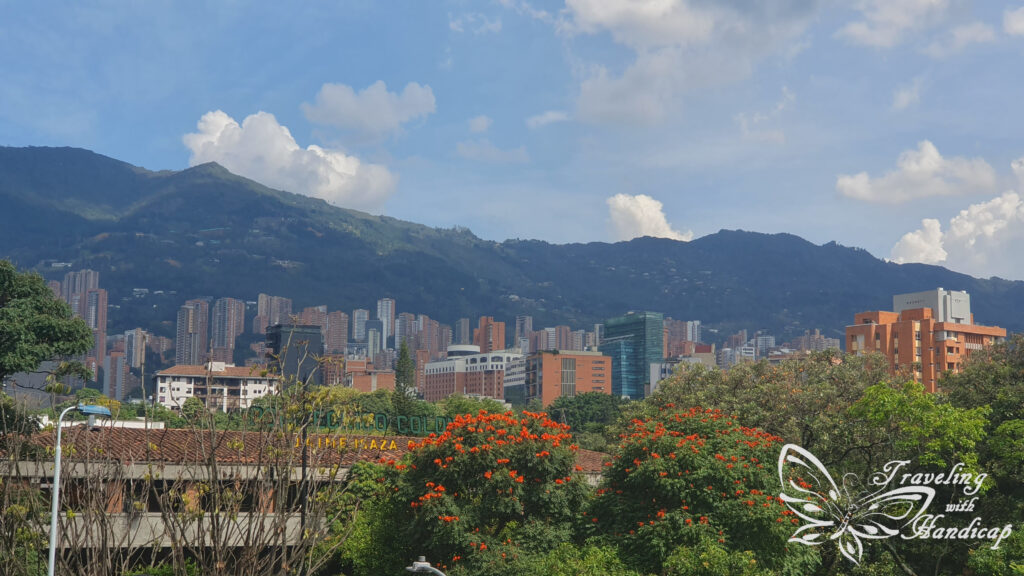
Comuna 13
After coming back from Guatapé, a small village in the countryside not too far from Medellín, I chose to take a free walking tour within the Comuna 13, one of Medellín’s poorest neighborhoods. You reach this district by a cable car. Moreover, since 2011, there is an electric escalator in the center of the district to make it easier to get and walk uphill. This district is associated with street art and an energetic environment that showcases its resilience. This is because comuna 13 has faced violence regarding drug trafficking, paramilitaries and controversial military operations.

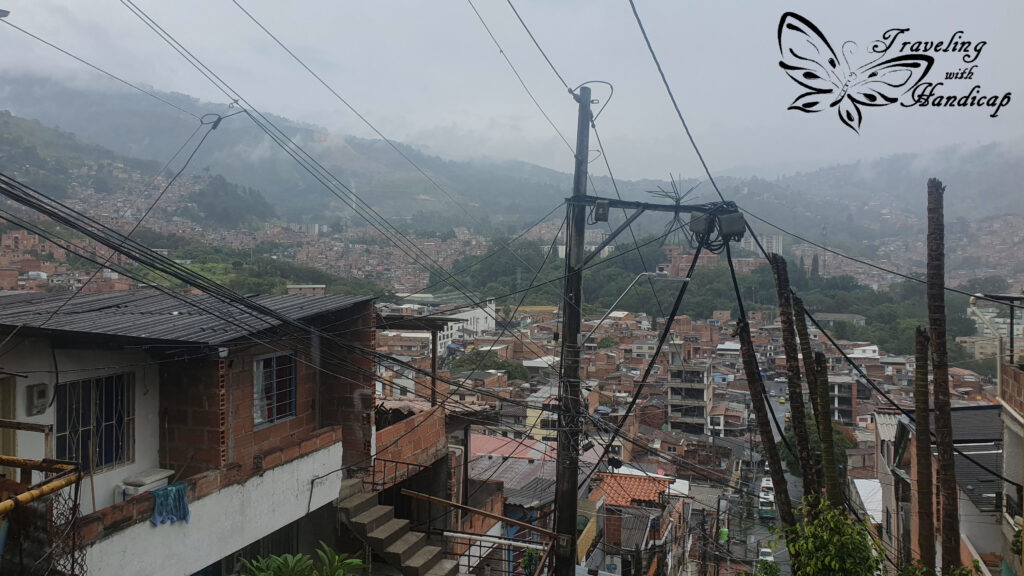

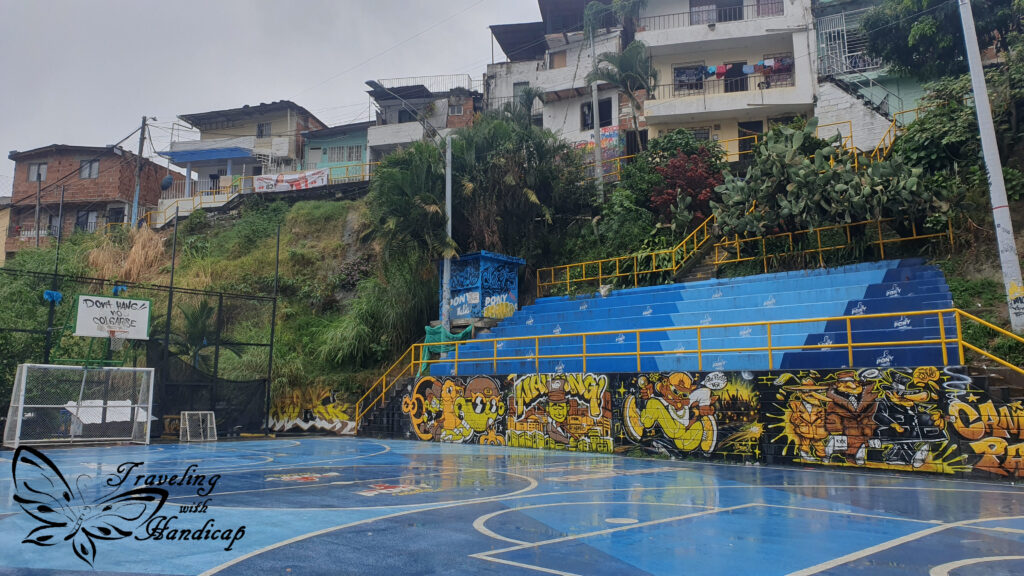

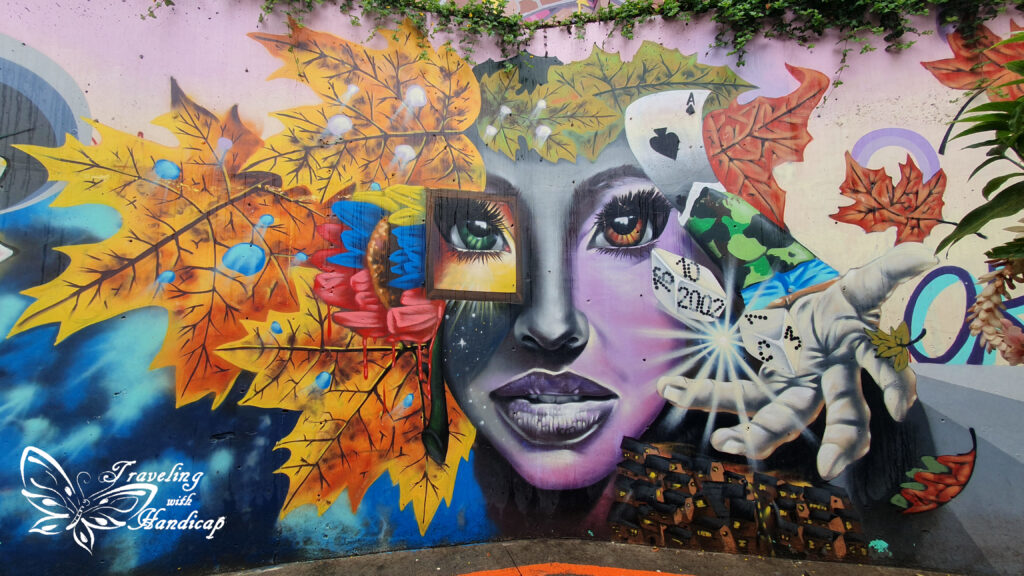
In the 80ies, Pablo Escobar had control of the neighborhood, where he would recruit sicarios (assassins). He recruited with the Medellín Cartel with the purpose of making money from the cocaine trade. Violence was common between rival gangs, especially after the death of Escobar. The guerilla groups having a presence in the commune were FARC and the National Libertation Army (ELN). One of the paramilitary group with high presence in the comuna 13 was the Comandos Armados del Pueblo (CAP). There have been multiple shootings, especially at the hidden borders of neighborhoods belonging to different gangs.

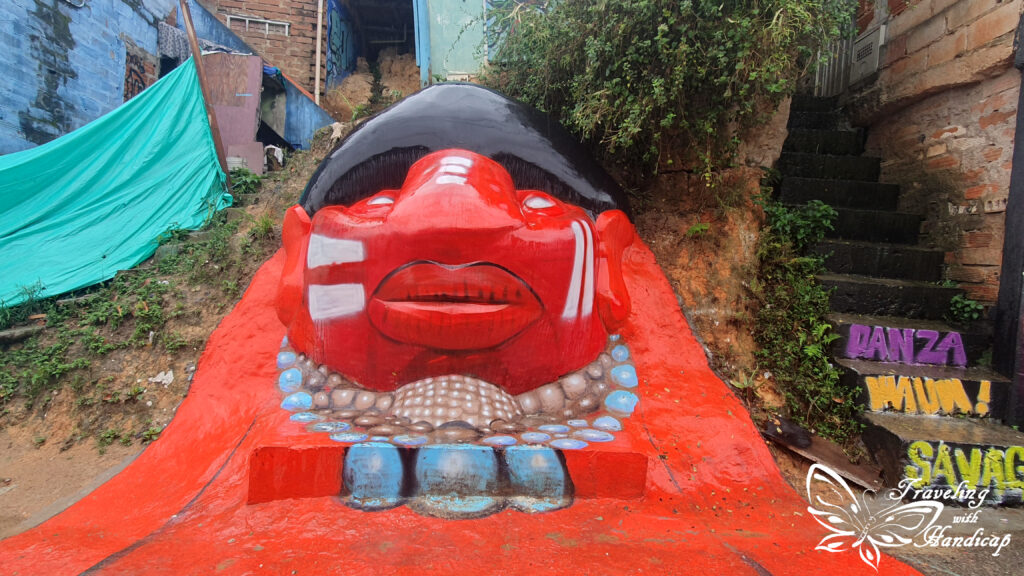
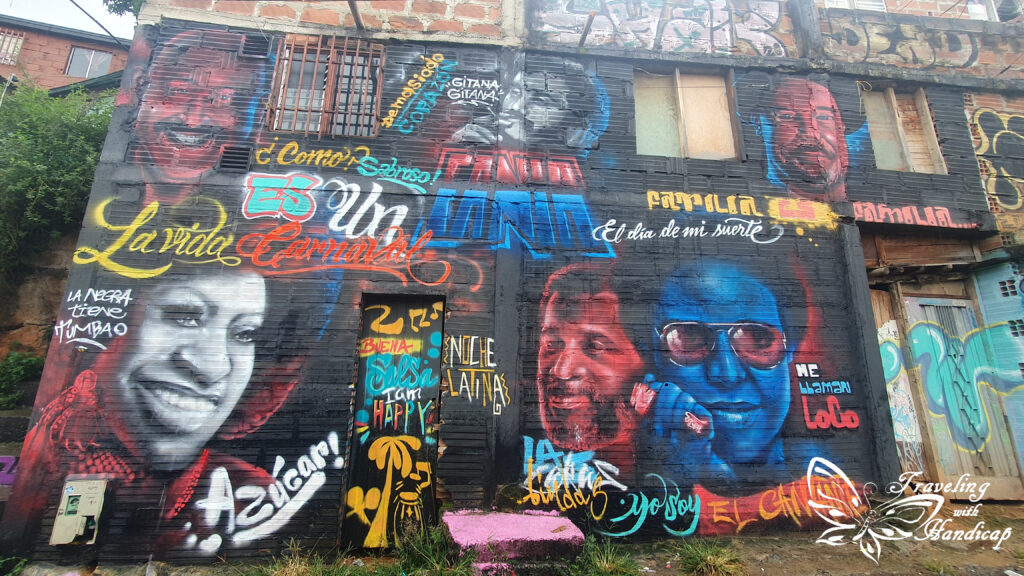
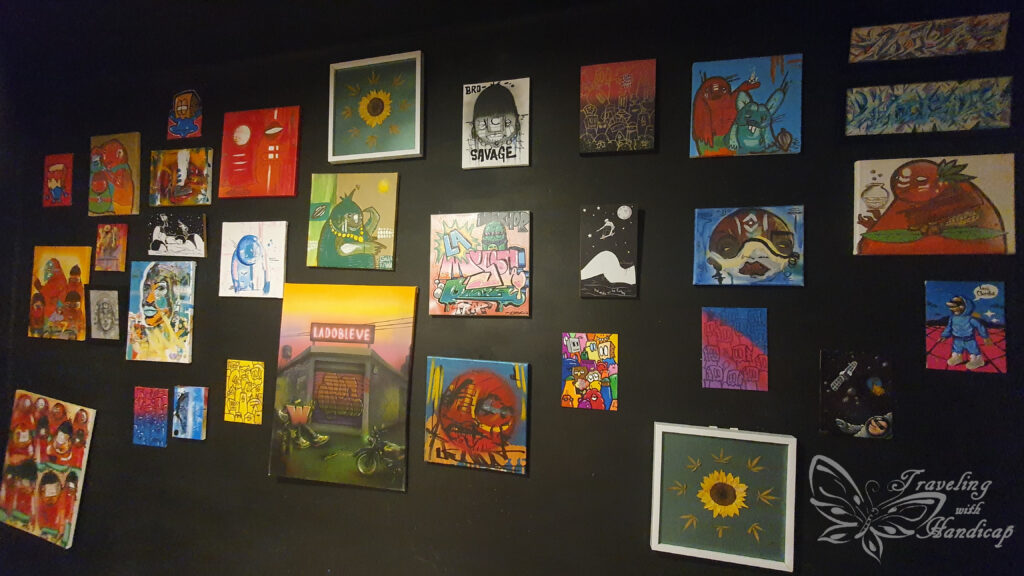

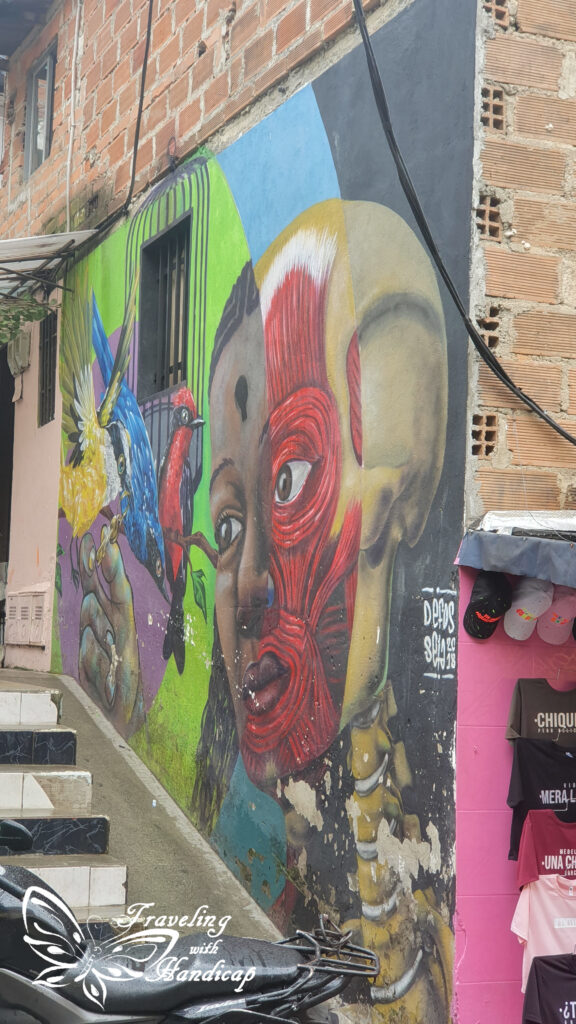
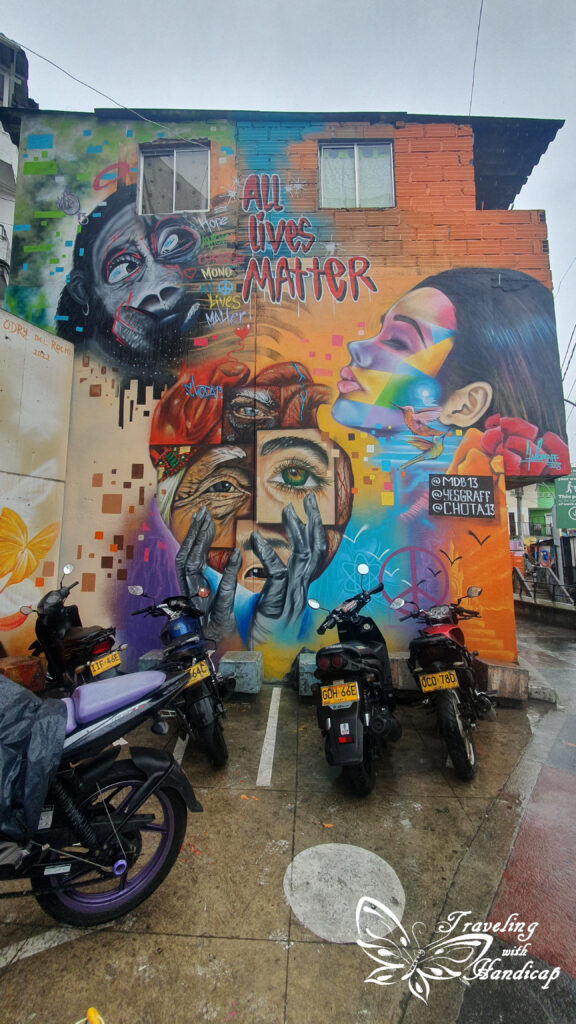

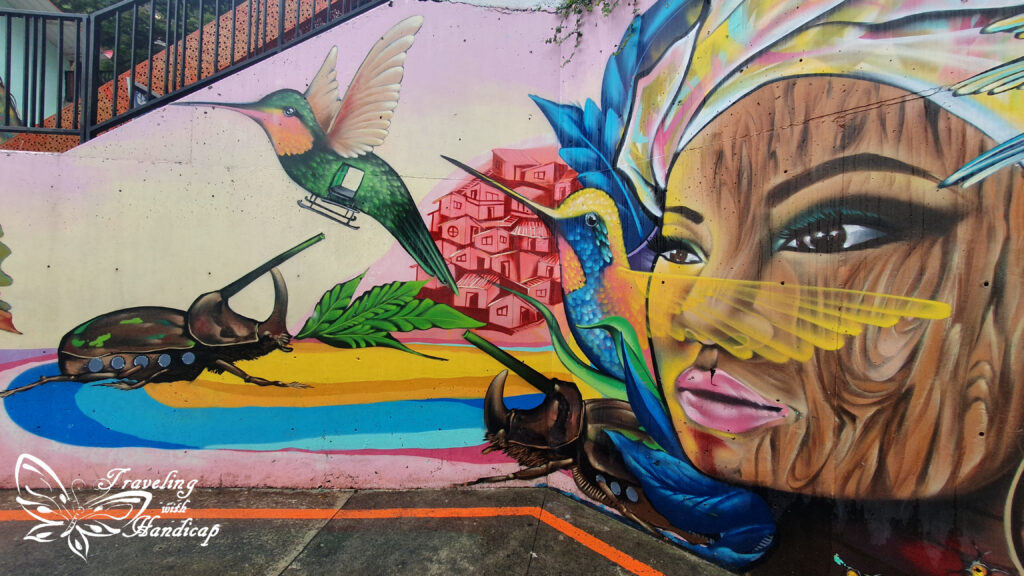
Bus Terminals and Airports
There are two bus terminals within Medellín. A big and rather modern one in the south, as well as a smaller and functional one in its north. Coming from the south, I arrived at the southern terminal, which is reasonably close to the El Poblado district. The northern terminal is not located in a district nice enough to find a hotel nearby. It was the bus terminal I had to use for my night bus towards the Caribbean coast in the north, to Cartagena.
There are also two airports in and close to Medellín. The Aeroporto Internacional José María Córdova Medellín is located out of the city, in the next valley on the road towards Guatapé. The majority of flights uses this airport. You have to be careful to not mix it up with the Aeroporto Olaya Herrera, close to the center of Medellín.
Bogotá
The capital of Colombia beats Medellín within the categories of cleanliness and quality of buildings. The latter mainly represent a business style. There are both colonial, modern, and hip buildings. Nevertheless, most are bigger and look better maintained. This is also supported by the people being present in the roads. People living in the capital seem to be a bit colder and not approaching everyone on the streets as people do in Medellín. Nevertheless, people have a cleaner appearance and as soon as you have a conversation, they are super friendly.
When you enter Bogotá, you quickly realize that you are in a business-world-city. There are many important chains having their hotels or business buildings across the city. Also, there are so many great restaurants. Moreover, different universities have representative campuses in Bogotá. I have studied in Brisbane, Australia, for one year. When picking Latin America as a study destination, I could imagine me picking Bogotá.
Across Colombia, people tell you that Bogotá is dangerous. Based on my experience, I consider Bogotá similarly dangerous as Medellín or Cartagena, just following the basic role of not walking around in the dark and avoiding the knowingly dangerous districts. Since the bus system was not as simple as the metro and cable car system in Medellín, I decided to get around by using Uber. This way, I most likely avoided the risk to be robbed.
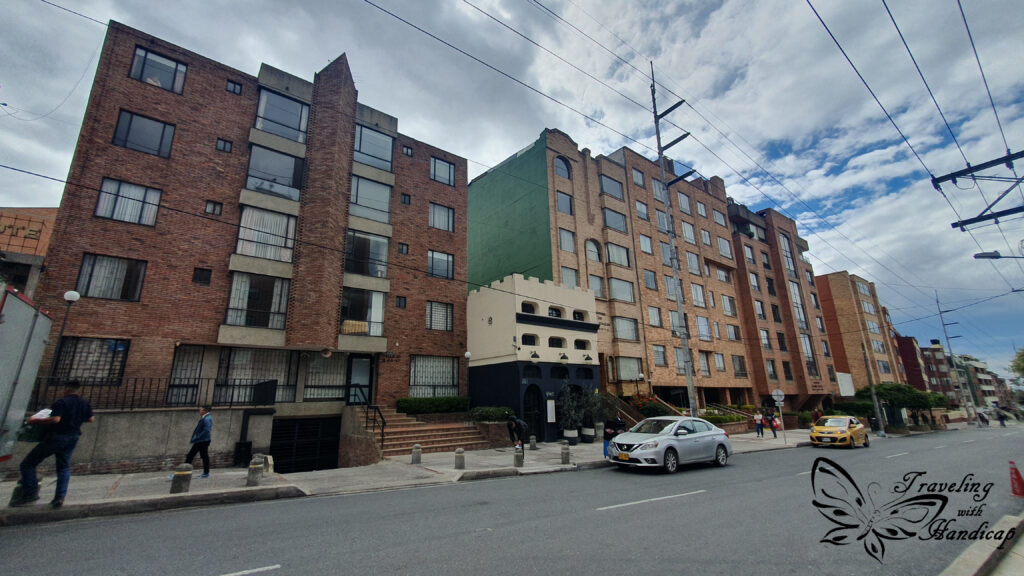

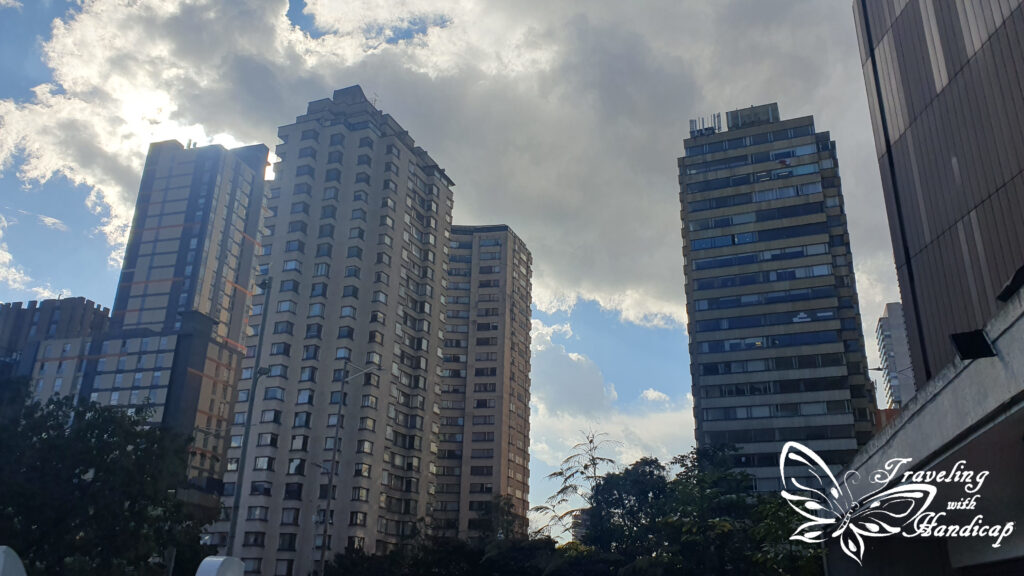
Chapinero, Zona G & Parque de la 93
One district of Bogotá is the lively Chapinero district. This is where I picked a hostel. The so-called Zona G is something like a very small area next to Chapinero. There are many cool restaurants and cafés in Chapinero and Zona G. It’s very safe to walk around during the day, go flower shopping or just enjoy the atmosphere on the streets. I once walked to the Parque de los Hippies, which might be more lively at night. However, during the day, it’s not the most beautiful area.
I heard good things about the Parque de la 93. Thus, one afternoon, I took an Uber to explore the park and neighborhood. I was positively impressed by the area, since it had an even cleaner appearance than Chapinero or parts of the center that I’ve visited before. I consider it to be a favorable district for permanent living. As a tourist, it might get boring since there are no things to be explored beyond the few restaurants facing the park.


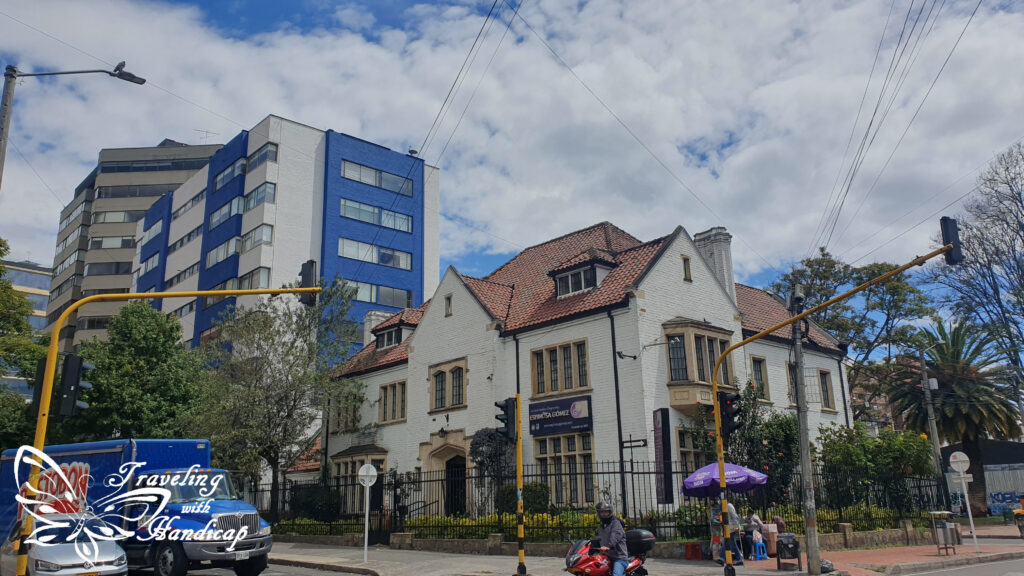
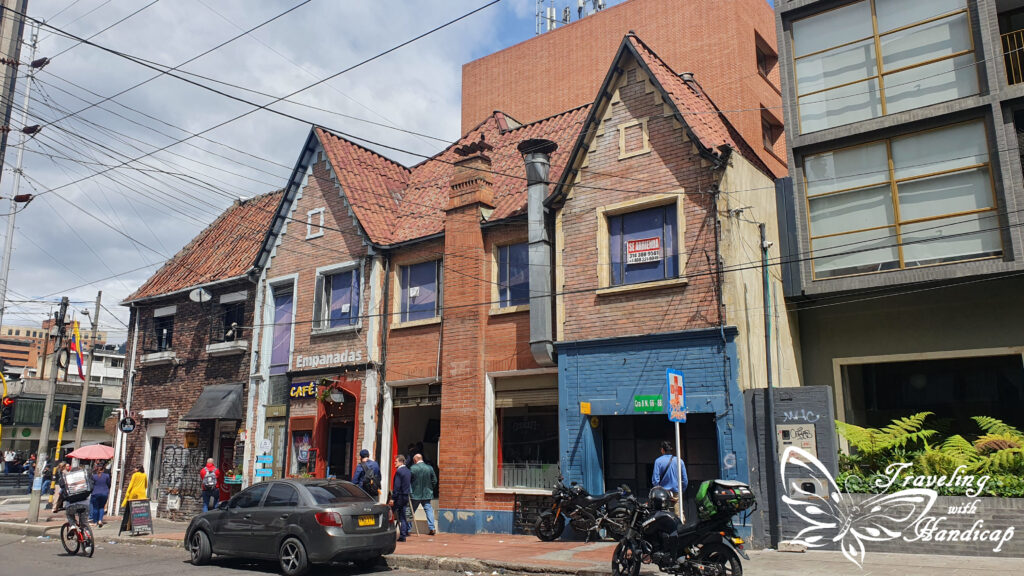


La Candelaria — el centro
Exploring the center of Bogotá, I started with the Plaza de Bolívar. Starting from there, I walked up and down many roads within the Candelaria district. I wasn’t aware of any specific “must-see” buildings, since I didn’t do any free walking tour. Nevertheless, I assume that I caught some good spots. I found the Plazoleta Chorro de Quevedo, including the connecting roads being covered by beautiful graffiti. I also passed one or the other museum, however, didn’t visit them. This was only because I am not really a museum person and have visited one very impressive museum covering a lot of South American history in the Colchagua Museum (Santa Cruz, Chile).
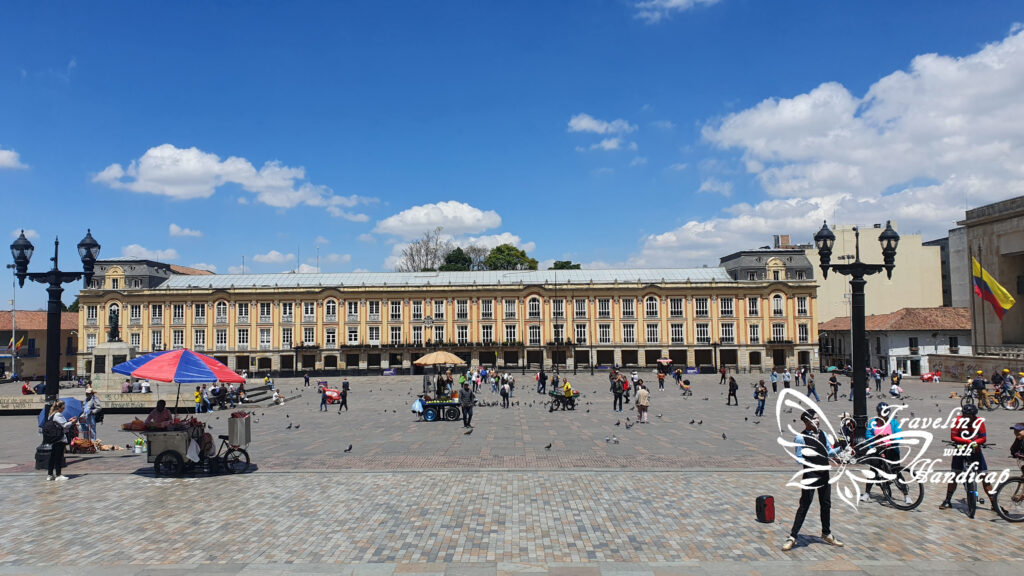


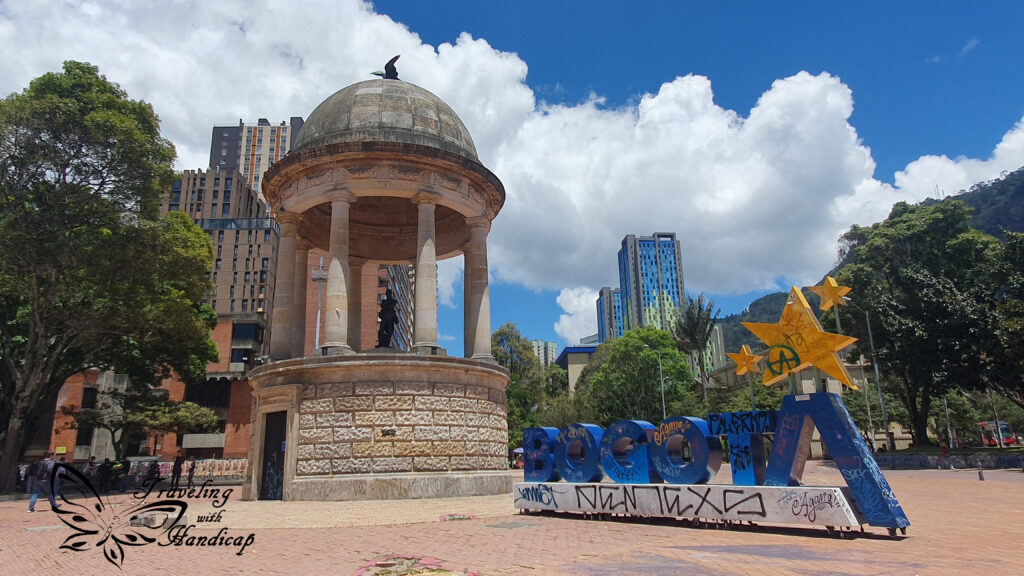


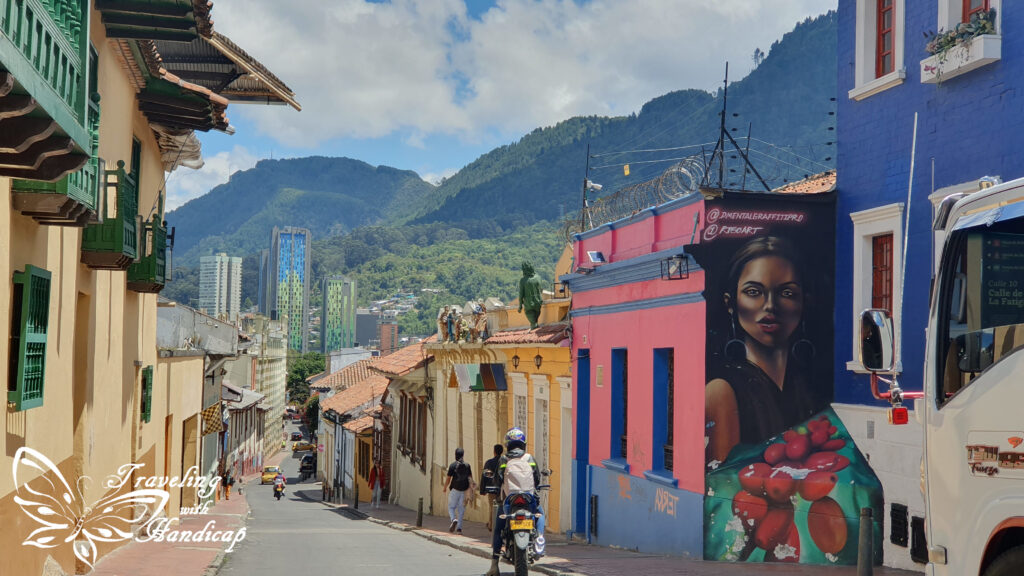


After walking around in the center, I made my way to the terminal of the Taquilla Teleférico to reach Monserrate. On the way, I found a really nice and hip café, Bogotá Store Café. There have been many young people in this neighborhood since there are some university campuses nearby. Also, there are many hip and modern restaurants popular with young folks. Within this neighborhood, there was also a huge public viewing event of a match of the Copa América.

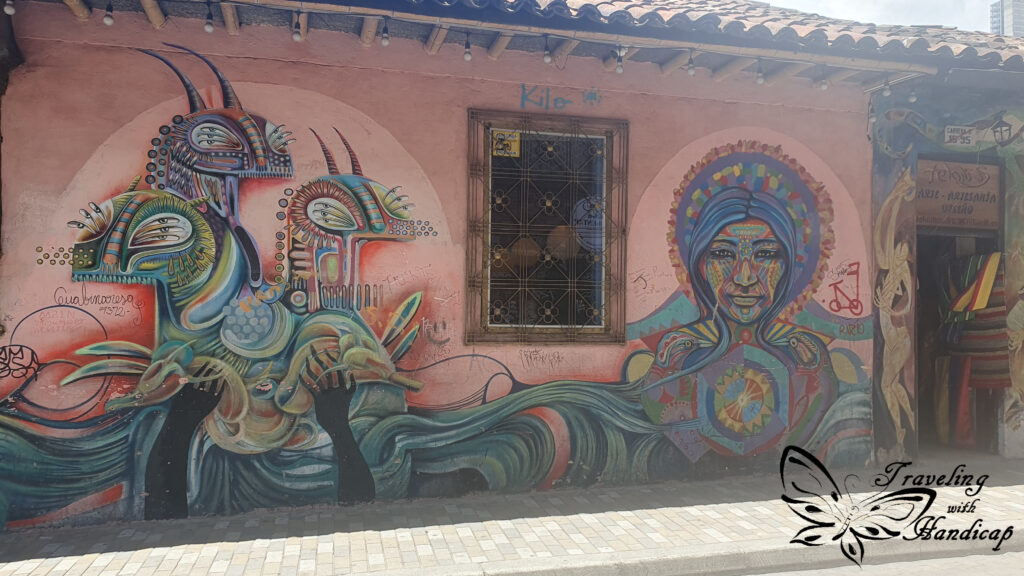
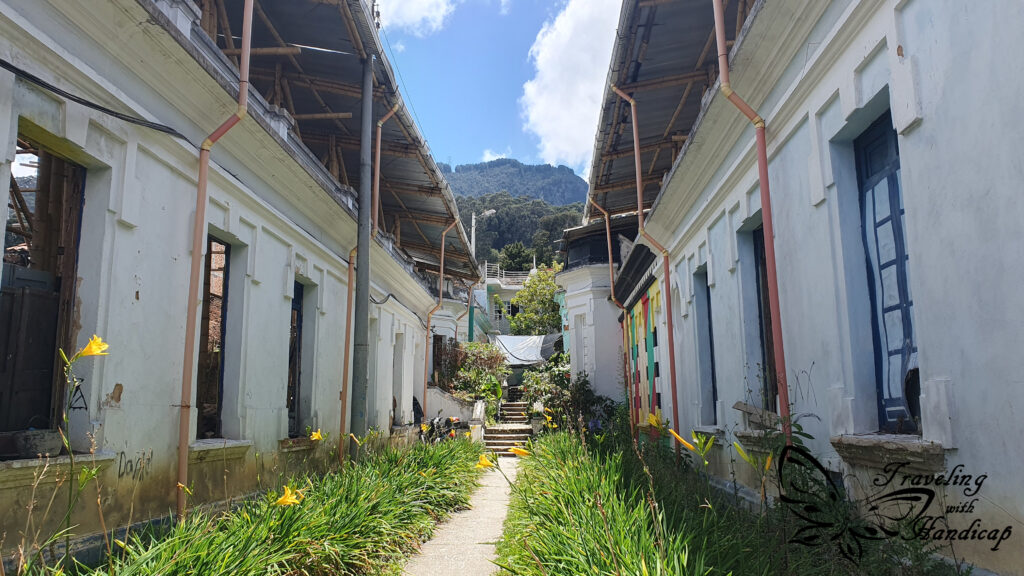


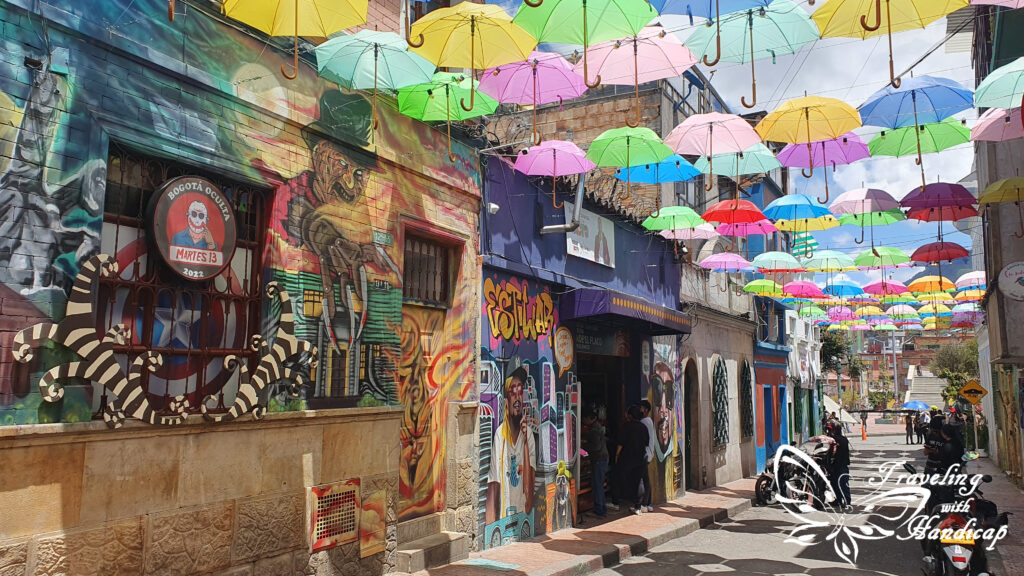
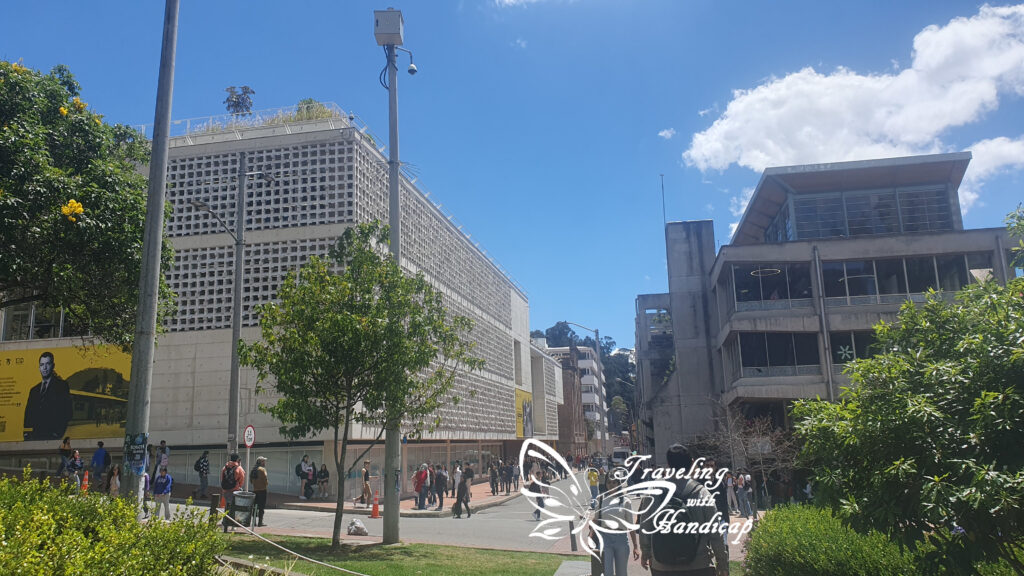
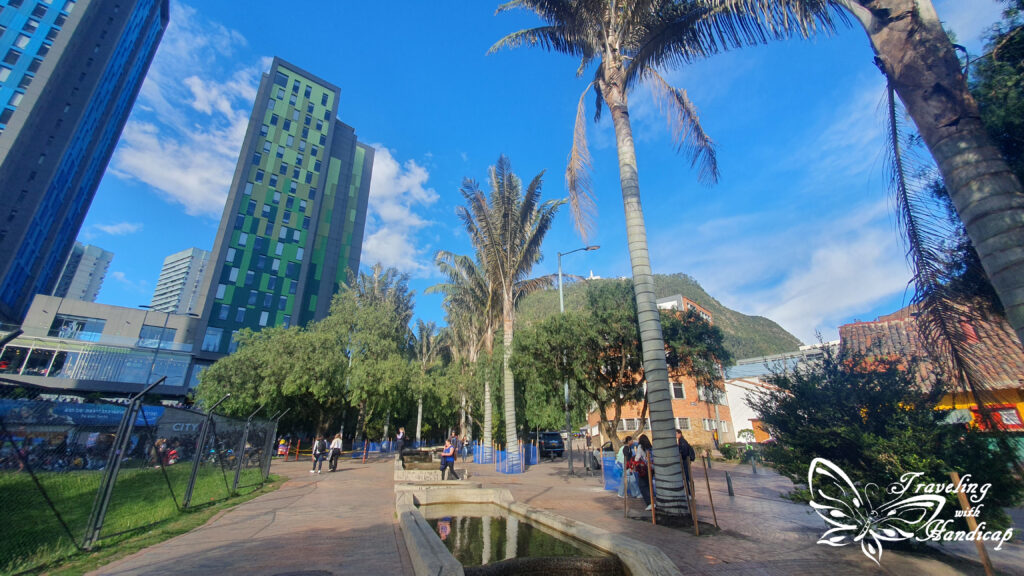
Monserrate
Monserrate is a very popular and scenic location on the mountains directly connected to La Candelaria. There are both a church and a shrine on Monserrate, making it popular for religious people. This is why the time it takes to queue for at first the ticket and secondly the cable car or train. You can pick if you want to use the cable car or train, there is no outline on the ticket. As I was curious, I took the cable car uphill and the train back down. Both options were pleasant, I was just happy I didn’t decide to walk all the way up, as I assume that the walk is a high risk area for robberies.
The view from Monserrate hill is stunning. Therefore, I spent quite a while up there, where you are able to grasp the true size of this extensively huge city. You can watch planes starting and landing from the airport at the opposite site of Bogotá with respect to Monserrate. However, the distance to the airport is larger than I expected it by just looking on a map on my phone. There are the church and shrine to be visited, a little market and different options to buy food and drinks. Therefore, you could easily spend a whole day up there. Even though I am a big fan of sunset pictures, I tried to get downhill before sunset for security reasons.
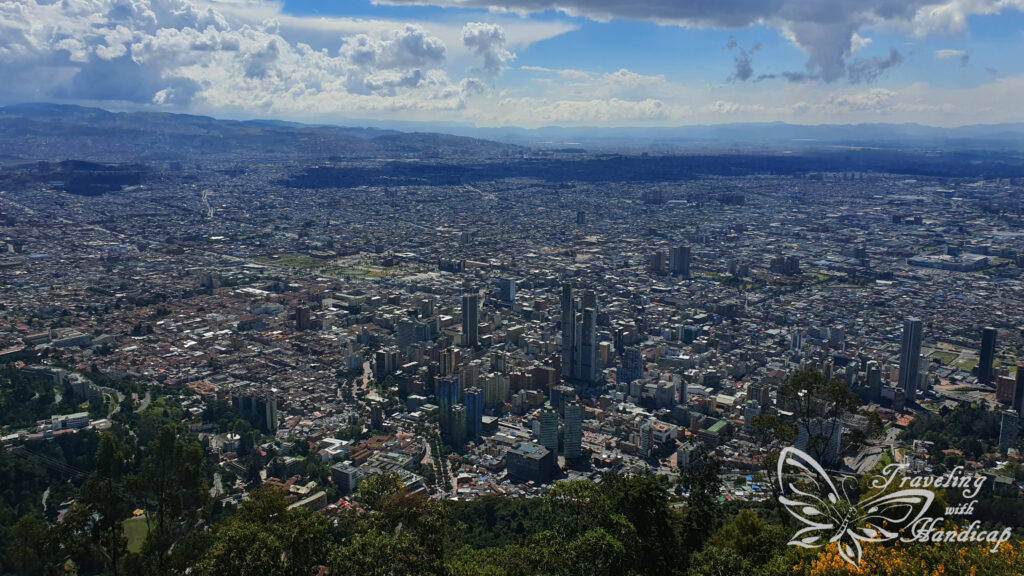

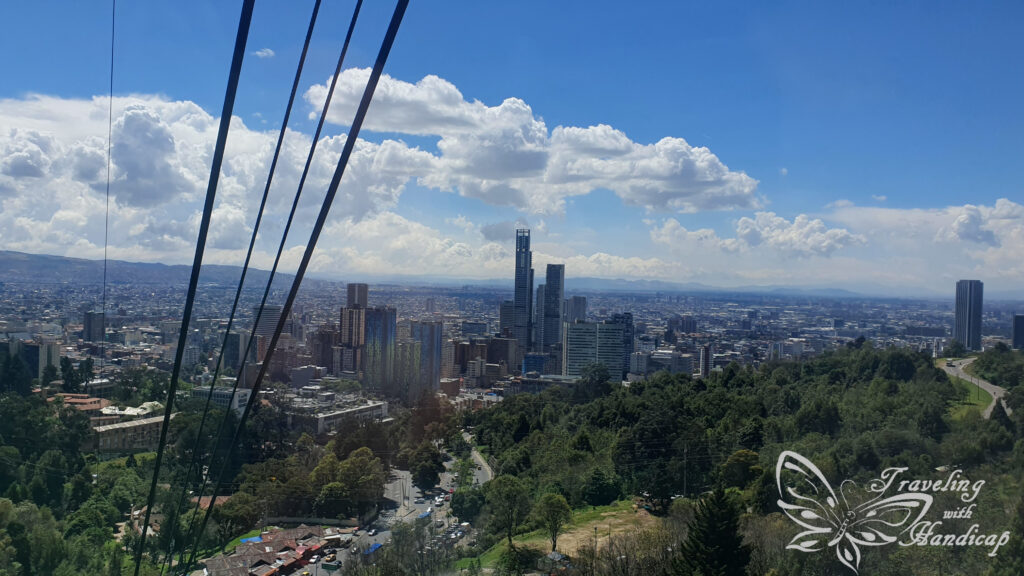


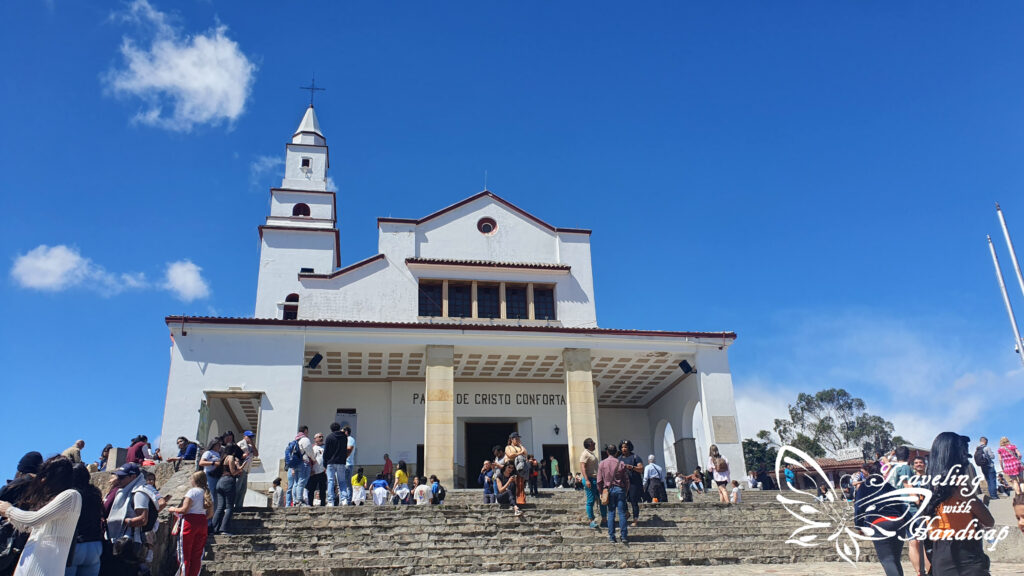

Airport
The airport of Bogotá is a rather big international airport, offering many connections both across South America and to North America and crossing the Atlantic. Therefore, I picked the airport of Bogotá for my return flight to Europe. Comparing prices, both Cancún, Bogotá and Panama had reasonable pricing. For this reason, I skipped Venezuela and started from Bogotá, since Panama would have required an extra flight anyway.
However, the connections to Europe with the more affordable airlines don’t take off every few hours, but rather once or twice a day. So if there is any delay for the plane starting in Europe, the return flight will automatically be delayed as well. My flight started with a delay of one hour because the airplane arrived in Bogotá with a delay of approximately one hour. This caused me some trouble reaching my connecting flight in Madrid, since I had to get through security again and run to a terminal at the other end. Nevertheless, my luggage and I caught the flight and had an amazing view over cloudless Switzerland and southern Germany approaching Munich.
